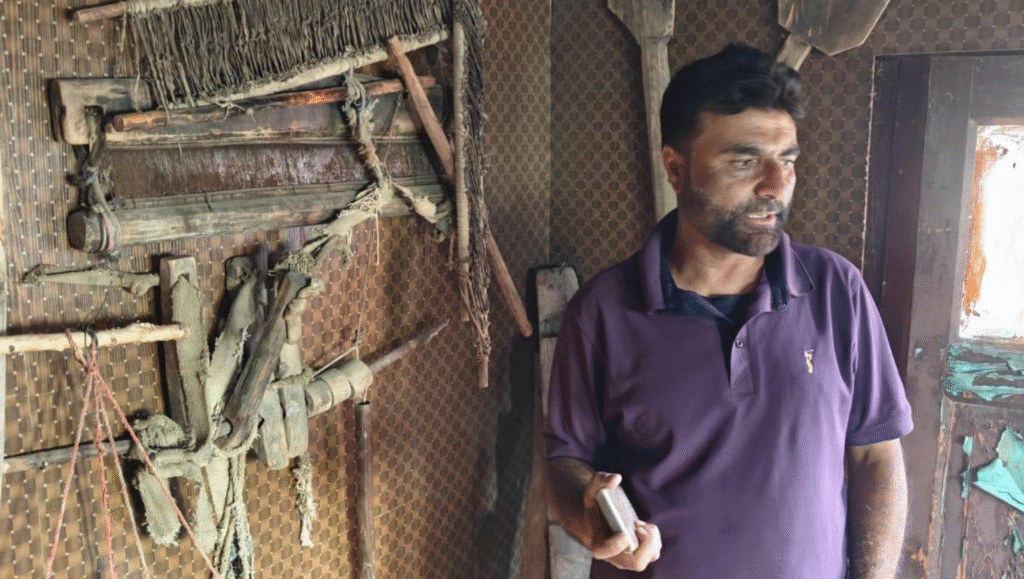Over the last three years, Basheer Ahmad Teroo has been preserving elements of his community’s heritage by collecting cultural artifacts and arranging them for display in his home in Dawar town.

Preserving the Dard Shin Heritage in Kashmir’s Mountain Frontier
In the secluded expanse of Kashmir’s Gurez Valley, where snowcapped ridges border the Line of Control, a single individual stands as a protector of a culture fast retreating into memory. Amid shifting times and growing outside influences, a local health worker named Bashir Ahmad has become an unassuming guardian of the Dard Shin community’s endangered legacy.
A Valley Shaped by History and Isolation
Gurez, nestled more than a hundred kilometers from Srinagar and shielded by towering peaks, is home to the Dard Shin people—descendants of ancient Indo-Aryan settlers whose roots extend across boundaries now divided by geopolitics and war. Isolated by harsh winters and political barriers, the Dard Shin have spent generations cultivating their distinct language, Shina, and customs that differ markedly from those in the valleys below.
The Impetus: Family Heirlooms and a Mother’s Wish
Bashir’s path to cultural conservation began with a simple act: his mother’s trust in handing him a modest bundle of family heirlooms, relics that once belonged to ancestors from Gilgit. For Bashir, these items were more than personal keepsakes—they were fragments of an entire world at risk of being forgotten.
Transforming a Home into a Cultural Archive
Recognizing the pressing need to document and share his community’s story, Bashir dedicated a portion of his home in Mastan village to become a unique local archive. He has curated a museum of artefacts gathered from villagers and distant relatives, now numbering more than 400 items. These include tools, traditional garments, ornaments, handmade utensils, and remnants of oral traditions—each telling a story of migration, adaptation, and survival through centuries of upheaval.
Facing Modern Challenges
The barriers to preserving Dard Shin identity are formidable. Encroaching modernization, limited economic prospects, and the risk of being uprooted by development projects such as hydropower dams threaten to erase landmarks of cultural memory. In addition, the Shina language—once spoken widely from the valleys of Kashmir to Gilgit-Baltistan—has receded to just a handful of villages, kept alive only by those determined to pass it on to younger generations.
A Growing Movement from Modest Beginnings
What started as a solitary commitment has begun to resonate across Gurez. Villagers now visit the home-museum, bringing their family heirlooms, photographs, and stories for inclusion. Bashir’s effort, while not a grand institution, embodies the growing consciousness among the Dard Shin that without active stewardship, entire traditions could vanish within a generation.
Why This Matters
The story of Bashir Ahmad reflects a broader theme across remote communities in the Himalayas: the struggle to defend intangible heritage against the currents of time. In a world of rapid change, these individual acts of memory-keeping serve as vital bridges between past and future, ensuring that cultural diversity endures beyond political boundaries.
Credit: The Hindu for foundational reporting. Additional context derived from community and academic sources on the Dard Shin and Gurez Valley history.





